How Much Essential Oil to Use
Essential oils have gained popularity for their various health and wellness benefits, but knowing how much essential oils to add to candles safely and effectively is essential.
In this comprehensive guide, we will explore what essential oils are, the different types available, and how they can be used for aromatherapy, topical application, and ingestion.
We will also discuss dosage recommendations, factors that can affect usage, possible side effects of overuse, and tips for safely incorporating essential oils into your daily routine.
Let’s dive in and learn all about the wonderful world of essential oils!
Key Takeaways:
What Are Essential Oils?
Essential oils are natural aromatic compounds obtained from plants, capturing the ‘essence’ of the plant’s fragrance and properties through distillation or extraction.
These potent oils have been utilized for centuries in various cultures for their therapeutic benefits and aromatic qualities. The process of extracting essential oils can involve steam distillation, cold pressing, or solvent extraction depending on the plant source.
Grapefruit essential oil is known for its uplifting and energizing properties, while Lemon essential oil is prized for its cleansing and detoxifying effects. They are widely used in aromatherapy to promote relaxation, alleviate stress, boost mood, and improve overall well-being.
What Are The Different Types Of Essential Oils?
Essential oils come in a wide range of scents and purposes, with each type derived from specific plant essences that contribute to their unique fragrance and therapeutic properties.
In terms of categorizing essential oils, they are broadly classified into citrus, floral, and herbal types.
- Citrus essential oils like sweet orange and lemon are known for their uplifting and energizing aroma, perfect for boosting mood and enhancing focus.
- Floral essential oils such as lavender and rose offer a calming and relaxing scent, ideal for promoting tranquility and reducing stress.
Additionally, herbal essential oils like peppermint and eucalyptus are valued for their invigorating and refreshing properties, commonly used for respiratory support and relieving muscle tension.
How Are Essential Oils Used?
Essential oils are commonly used in aromatherapy, topical applications, and dilution with carrier oils to create blends for a variety of purposes.
One of the most popular uses of essential oils is in massage oils. When combined with a carrier oil such as sweet almond or jojoba oil, these potent plant extracts can help relax muscles, soothe tension, and promote a sense of well-being.
In skincare products, essential oils are prized for their ability to address various skin concerns. From acne-fighting tea tree oil to anti-aging rosehip oil, these natural extracts can rejuvenate and nourish the skin.
Blending different essential oils together can create aromatic combinations that not only smell delightful but also have specific therapeutic benefits. For example, combining lavender and chamomile oils can produce a calming blend that promotes relaxation and supports healthy sleep patterns.
Aromatherapy
Aromatherapy harnesses the aromatic properties of essential oils to promote relaxation, alleviate stress, and enhance mood through carefully curated blends of fragrant oils.
When selecting essential oils for aromatherapy, it is crucial to consider the therapeutic effects of each aroma. For instance, Camphor essential oil is known for its decongestant properties, making it ideal for relieving respiratory issues.
Similarly, Wintergreen essential oil is often used for its analgesic and anti-inflammatory properties, which can help with muscle aches and pains.
Blending techniques play a vital role in aromatherapy, as combining different oils can create synergistic effects and enhance the overall therapeutic benefits.
Topical Application
Topical application of essential oils involves diluting potent oils with carrier oils to prevent skin irritation and ensure safe absorption for various skin benefits.
Proper dilution ratios play a crucial role in ensuring the efficacy and safety of essential oil application. Carrier oils like Olive oil and Coconut oil are popular choices due to their nourishing properties and ability to enhance the benefits of the essential oils they are paired with. It is vital to choose carrier oils that are cold-pressed and organic to avoid any harmful chemicals or impurities.
To prevent skin sensitivity reactions, always perform a patch test before full application. Dilute essential oils according to recommended guidelines, typically around 1-3% for topical use. Be mindful of the specific needs of your skin type to tailor the selection of carrier oils accordingly.
Ingestion
Ingesting essential oils should be approached with caution due to their concentrated nature, requiring strict adherence to recommended dosages and safety precautions to avoid adverse effects.
In terms of internal use of essential oils, it is crucial to remember that these powerful plant extracts can have potent effects on the body.
- The recommended ingestion dosages for essential oils vary depending on the specific oil and individual sensitivities, so it’s essential to research and follow guidelines provided by reputable sources.
- Potential risks of internal use include gastrointestinal discomfort, allergic reactions, and interactions with medications.
- Consulting with a qualified health practitioner or aromatherapist before consuming essential oils internally is highly advisable to ensure safety and effectiveness of the treatment.
How Much Essential Oil Should Be Used?
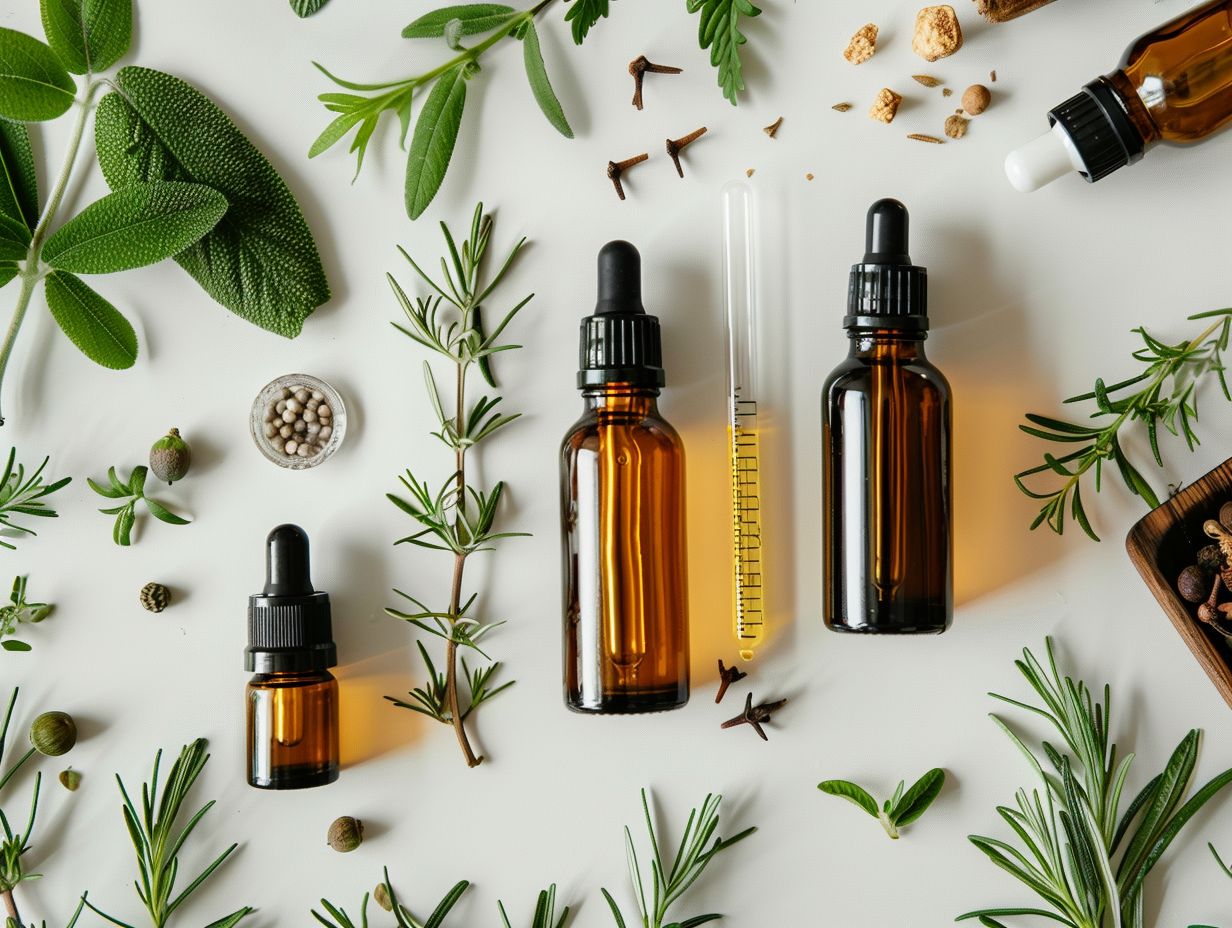
Determining the appropriate amount of essential oil to use involves understanding dilution ratios for safe and effective application, ensuring optimal benefits without causing harm or irritation.
When using essential oils, it’s crucial to remember that these concentrated plant extracts are potent and should be handled with care. A general rule of thumb is to dilute essential oils before applying them topically or using them in a diffuser. This helps prevent skin irritation and sensitization, especially for those with sensitive skin. For more information on essential oil sizes, refer to our guide.
The recommended dilution ratios vary depending on the intended use. For adults, a common dilution ratio is around 2-3%, which means adding around 12-18 drops of essential oil per ounce of carrier oil for topical applications.
For children, the concentration should be much lower – typically around 0.5-1%. This means only 3-6 drops of essential oil per ounce of carrier oil. Always check the specific dilution guidelines for different age groups.
General Guidelines
General guidelines for essential oil usage encompass the importance of proper application methods, dosage control, and adherence to safety precautions to maximize benefits and minimize risks.
In terms of application methods, aromatic use involves inhaling the essential oils through diffusers or by adding a few drops to a cotton ball. Topical application, on the other hand, entails diluting the oils with a carrier oil before applying them directly to the skin. Dosage control is crucial, with most recommendations suggesting using a minimal amount to start and gradually increasing if needed. At all times, safety measures like conducting a patch test, using caution with children and pets, and seeking guidance from a certified aromatherapist should be observed.
Dilution Ratios For Topical Use
Dilution ratios for topical use involve blending essential oils with carrier oils to reduce concentration levels and prevent skin irritation, ensuring gentle and effective application on the skin.
When determining the appropriate dilution ratio, it is essential to consider the skin type of the individual. For sensitive skin, a lower concentration is recommended, typically around 1% to 2% dilution. Normal skin types can tolerate slightly higher dilutions, ranging from 2% to 5%. On the other hand, oily skin may benefit from dilutions between 1% to 3%. Carrier oils play a vital role in dilution, with options like Castor oil and Shea butter providing nourishment and hydration while reducing the potency of the essential oils.
Recommended Dosages For Ingestion
Recommended dosages for ingestion of essential oils are crucial to avoid toxicity or adverse effects, highlighting the need for precise measurements and guidance from qualified professionals.
When using essential oils internally, it is essential to exercise caution and adhere to the specified guidelines. Overconsumption of certain oils can lead to digestive discomfort, skin irritations, or even more severe health complications. To ensure safe ingestion practices, start with a minimal amount and gradually increase the dosage under the supervision of an experienced aromatherapist or healthcare provider.
What Are The Factors That Affect Essential Oil Usage?
Several factors influence the safe and effective use of essential oils, including individual sensitivity, age considerations, and pre-existing health conditions that may impact their application and benefits.
For instance, a person’s age can play a significant role in how their body reacts to essential oils. Young children and infants are generally more sensitive to strong concentrations and certain types of essential oils, requiring dilution and caution when applying them. On the other hand, older adults may need stronger concentrations to experience the full benefits due to changes in skin elasticity and absorption rates. Personal health conditions such as allergies or skin conditions should be carefully taken into account to prevent adverse reactions.
Age
Age plays a significant role in determining the suitability of essential oil usage, as infants, children, and the elderly may have heightened sensitivities or specific reactions to certain oils.
For infants, it’s crucial to be extra cautious with essential oils due to their delicate skin and developing respiratory systems. Opt for gentle oils like chamomile or lavender, always diluted in a carrier oil to minimize any potential irritation.
Children, with their developing bodies, may also require lower dilutions and specific oils known to be safe for their age group, such as tea tree or eucalyptus for respiratory support.
On the other end of the spectrum, the elderly may benefit from oils like frankincense or rosemary for cognitive support, but it’s essential to account for potential interactions with medications and thinner skin that may be more susceptible to irritation.
Health Conditions
Pre-existing health conditions can influence the choice and application of essential oils, as certain oils may irritate or exacerbate specific health issues, necessitating caution and consultation with healthcare providers.
For instance, individuals with sensitive skin or respiratory conditions like asthma should avoid using eucalyptus oil due to its strong aroma that can trigger breathing difficulties.
Cinnamon oil should be used sparingly by those with skin sensitivities, as it may cause skin irritation.
It’s advisable for individuals with epilepsy to steer clear of rosemary oil as it can potentially induce seizures.
It’s crucial to dilute essential oils properly when using them on children or elderly individuals to minimize adverse reactions.
Sensitivity
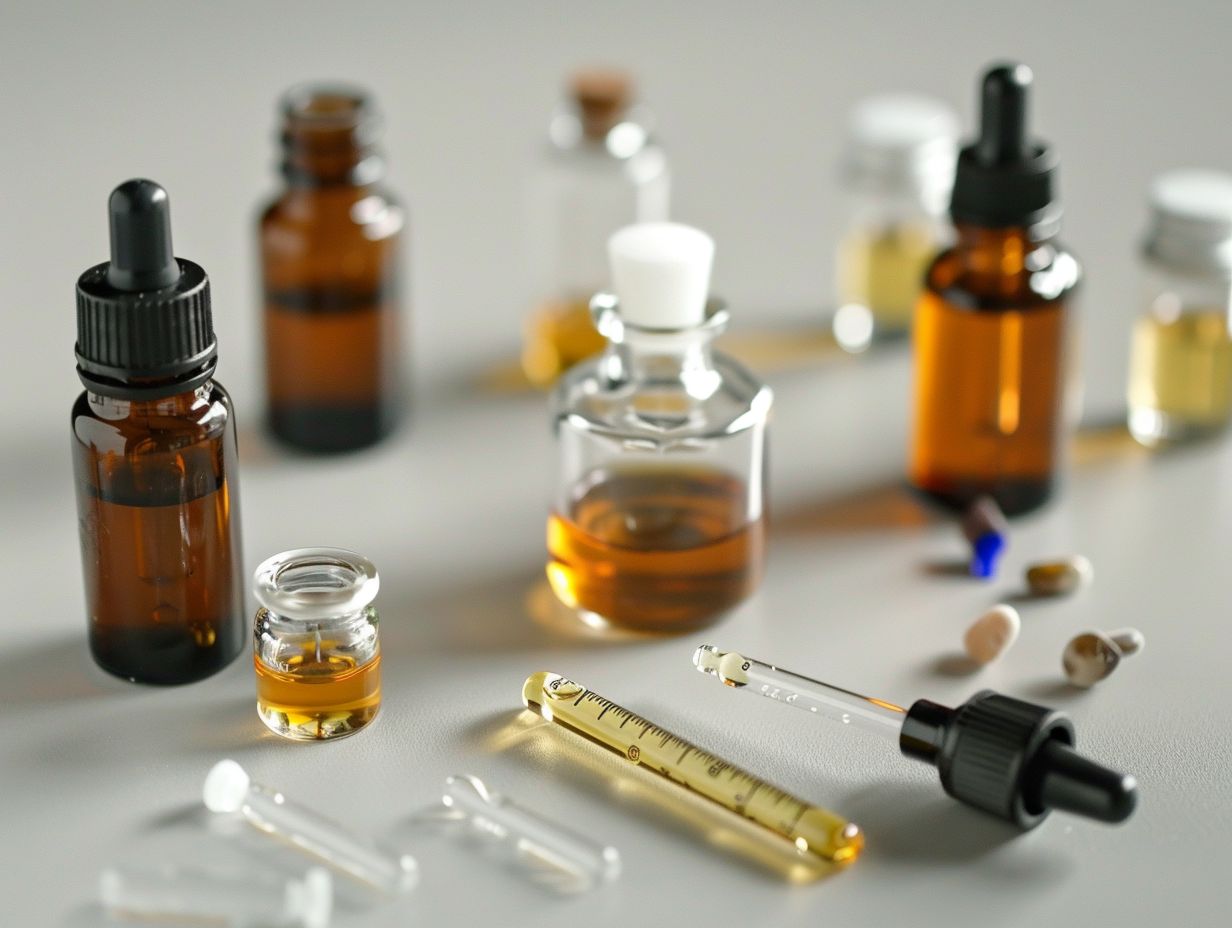
In terms of using essential oils, it is crucial to understand that reactions can occur due to various factors like skin type, existing allergies, or the concentration of the oil. Common symptoms of sensitivity may include redness, itching, or even rashes. This highlights the importance of conducting a patch test before applying any essential oil directly to the skin. By applying a small amount of diluted oil to a small area and observing for any adverse reactions, one can mitigate potential risks.
Individuals can also develop sensitivity over time, so it is essential to reassess one’s tolerance periodically. If sensitivity is identified, the best course of action is to discontinue use and consult a healthcare professional. An effective way to manage sensitivity issues is to dilute essential oils with carrier oils to reduce concentration, minimizing the risk of adverse reactions without compromising the benefits.
What Are The Possible Side Effects Of Using Too Much Essential Oil?
Overusing essential oils can lead to potential side effects like skin irritation, allergic reactions, and respiratory distress due to their potent nature and the risk of exceeding safe usage thresholds.
When individuals apply essential oils in excess, it can exacerbate skin sensitivity, causing redness, itching, or even burning sensations. Some may experience headaches, dizziness, or nausea as a result of overexposure to the intense aromas. It is crucial to dilute essential oils properly before applying them topically and to avoid ingesting them unless under the guidance of a qualified professional. In case of accidental ingestion or if any adverse reactions occur, seek medical assistance immediately to prevent further complications.
Skin Irritation
Skin irritation is a common side effect of using concentrated essential oils without proper dilution or sensitivity testing, leading to redness, itching, or discomfort on the skin.
When essential oils are applied directly to the skin without dilution, their potent concentration can overwhelm the skin’s natural barrier, causing irritation.
Conducting a patch test before using any new essential oil is crucial to identify potential allergic reactions.
Opting for skin-friendly carrier oils such as Avocado oil or nourishing butters like Mango butter can help mitigate the risk of irritation.
These oils not only dilute the essential oils but also provide additional nourishment and hydration to the skin, promoting overall skin health.
Allergic Reactions
Allergic reactions to essential oils can manifest as skin rashes, hives, or respiratory symptoms in susceptible individuals, underscoring the importance of allergy testing and cautious use.
Common allergens found in essential oils include ingredients such as limonene, linalool, and citronellol, which are known to trigger reactions in some people.
To determine individual sensitivity, conducting a patch test is recommended prior to widespread use. Applying a small amount of diluted oil to a small area of skin and monitoring for any adverse reactions can help identify potential allergies.
When using essential oils topically, always dilute them with a carrier oil to reduce the risk of irritation. It’s crucial to follow recommended dilution ratios to avoid skin sensitivities and allergies.
Respiratory Distress
Respiratory distress can occur from inhaling or ingesting certain essential oils with phototoxic properties, triggering breathing difficulties, coughing, or throat irritation in sensitive individuals.
When utilizing essential oils for aromatherapy or topical application, it is crucial to be aware of potential respiratory risks. Certain oils, such as bergamot, lemon, and grapefruit, are known to have phototoxic effects, which can be harmful when exposed to sunlight. It is recommended to dilute these oils properly before inhalation to mitigate any adverse reactions.
Individuals with respiratory conditions like asthma should exercise caution when using essential oils, as certain scents may exacerbate symptoms. It is advisable to seek guidance from a healthcare professional before incorporating essential oils into your wellness routine.
How To Safely Use Essential Oils?
Safe usage of essential oils involves following recommended dosages, conducting patch tests, and seeking professional guidance to mitigate risks of adverse reactions and ensure optimal benefits.
In terms of dose accuracy, it is crucial to adhere strictly to the prescribed amounts, as even a small deviation can lead to undesirable effects.
Patch testing is an essential initial step to assess potential skin sensitivities before widespread application. One should apply a diluted oil mixture to a small area of skin and wait for any adverse reactions for at least 24 hours.
Consulting with experienced aromatherapists or healthcare providers is recommended to customize oil selection and usage based on individual needs and health conditions for safe and effective aromatherapy practices.
Follow Recommended Dosages
Adhering to recommended dosages for essential oils is crucial to prevent toxicity, skin sensitivities, or systemic side effects, safeguarding the user’s well-being and optimizing therapeutic outcomes.
One important aspect of determining the appropriate dosage is understanding the potency of different oils. Certain essential oils are more concentrated than others, necessitating smaller amounts for the same effect. To learn about using multiple essential oils together, check out our guide.
Precision in measurement is key; using calibrated droppers, measuring spoons, or graduated cylinders can help achieve accuracy. Remember, a little goes a long way with essential oils, so resist the urge to use more than recommended. It’s wise to start with small doses and gradually increase as needed, ensuring safety and efficacy.
Conduct A Patch Test
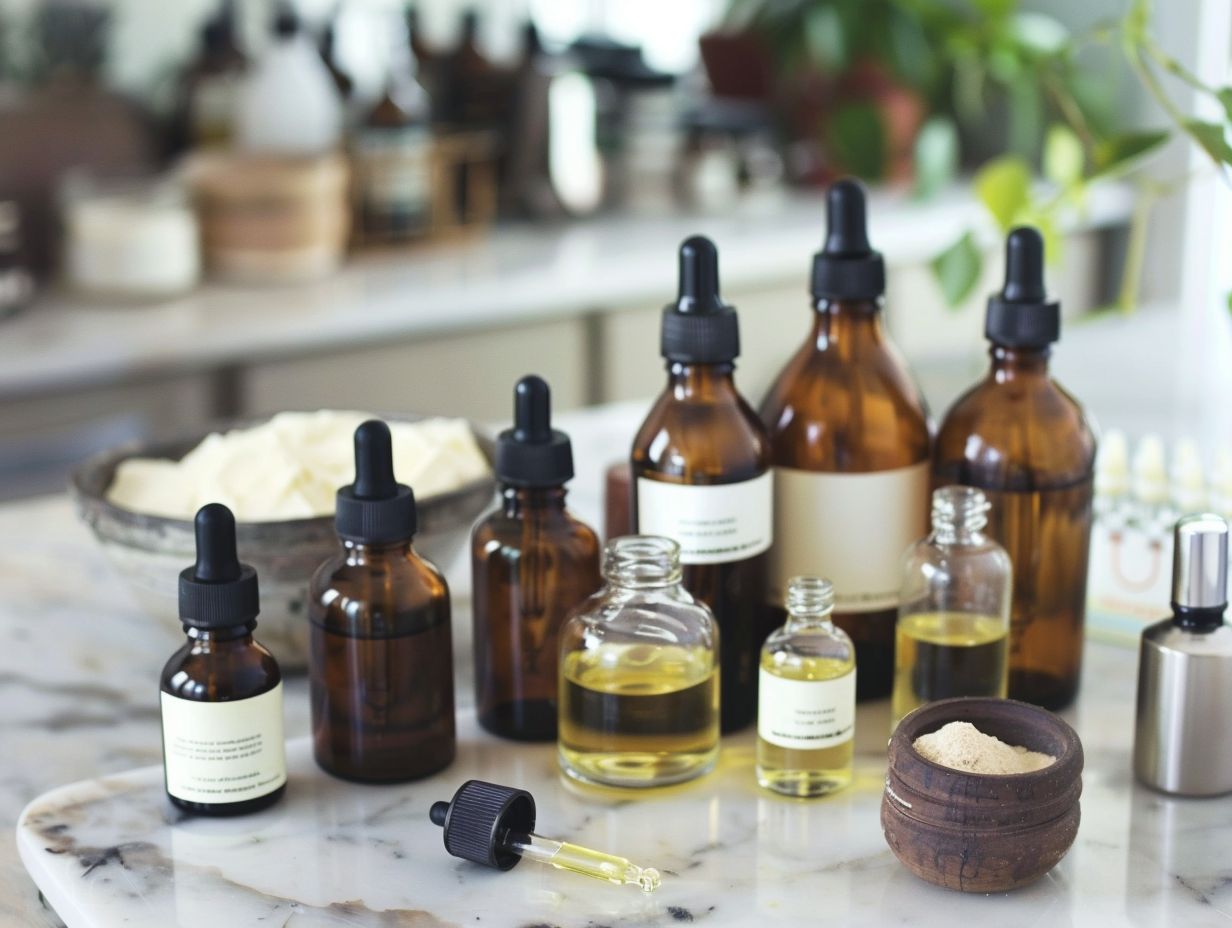
Conducting a patch test before widespread application of essential oils is essential to identify skin sensitivities, allergic reactions, or adverse responses, ensuring safe usage for individuals with varying skin types.
When conducting a patch test, clean and dry a small area of the skin, typically on the forearm or behind the ear, where you intend to use the essential oil. Dilute a drop of the essential oil with a carrier oil like coconut or almond oil, and apply the mixture to the designated area. Cover the patch with a bandage or adhesive tape to prevent the oil from evaporating.
Leave the patch on for 24-48 hours, avoiding contact with water or excessive sweating. During this period, observe for any redness, swelling, itching, or irritation. If any such reactions occur, remove the patch immediately and wash the area with mild soap and water. If the reaction is severe, seek medical attention.
Interpreting the test results is crucial. If no adverse reactions occur during the testing period, the essential oil is likely safe for broader use. If any irritation or discomfort arises, avoid using the oil to prevent skin issues.
Consult With A Professional
Seeking guidance from qualified professionals, such as aromatherapists or NDA experts, can provide valuable insights on personalized essential oil usage, tailored blends, and safety precautions for diverse applications.
These experts possess in-depth knowledge of essential oils, enabling them to recommend the most suitable options based on individual needs and preferences. Their expertise allows for the creation of customized formulations targeting specific ailments or wellness goals, ensuring optimal results. Consulting with industry professionals ensures that you are following safe and effective application methods, minimizing the risk of adverse reactions or misuse. By seeking advice from seasoned professionals like those at New Directions Aromatics Inc., you can elevate your aromatherapy experience and unlock the full potential of essential oils.
Conclusion
Essential oils offer a potent and versatile approach to aromatherapy, skincare, and well-being, but their efficacy hinges on proper usage, informed blending practices, and awareness of potential reactions to ensure safe and enjoyable experiences.
One of the key aspects to keep in mind when using essential oils is to always dilute them properly, especially for skin application, to prevent irritation or adverse effects. Additionally, customizing blends based on individual preferences and desired benefits can enhance the overall experience and effectiveness of the oils.
It’s essential to conduct a patch test before widespread use to assess any sensitivity or allergic reactions. In case of any discomfort, discontinuing use and seeking professional advice is crucial to address any potential issues promptly.
Frequently Asked Questions
How much essential oil should I use for diffusing?
For a standard-sized diffuser, it is recommended to use 5-10 drops of essential oil per 100ml of water. However, you may adjust the amount based on your personal preference and the strength of the essential oil.
How much essential oil should I use for topical application?
When using essential oils on the skin, it is important to dilute them with a carrier oil. A general rule of thumb is to use 1-2 drops of essential oil per teaspoon of carrier oil. You may need to adjust the amount depending on the sensitivity of your skin.
How much essential oil should I use for making homemade products?
The amount of essential oil to use in homemade products varies depending on the recipe and the purpose of the product. As a general guideline, use 1-2 drops of essential oil per ounce of carrier or base ingredient. However, be sure to research and follow specific recipes for accurate measurements.
How much essential oil should I use for inhalation?
For inhalation, it is recommended to use 1-3 drops of essential oil. You can add the drops to a bowl of steaming hot water or to a diffuser. Be cautious not to use too much, as inhaling too much essential oil at once can cause irritation.
How do I know if I am using too much essential oil?
If you experience any skin irritation or adverse reactions, it is likely that you are using too much essential oil. It is best to start with a small amount and gradually increase if needed. You should also pay attention to the recommended usage guidelines for each specific essential oil.
Is there a maximum amount of essential oil I can use?
Yes, there is a maximum recommended amount of essential oil to use for different purposes. For example, the maximum recommended amount for diffusing is 20-25 drops per day, and for topical application, it is 1% of the total blend. It is important to research and follow these guidelines to ensure safe usage of essential oils.

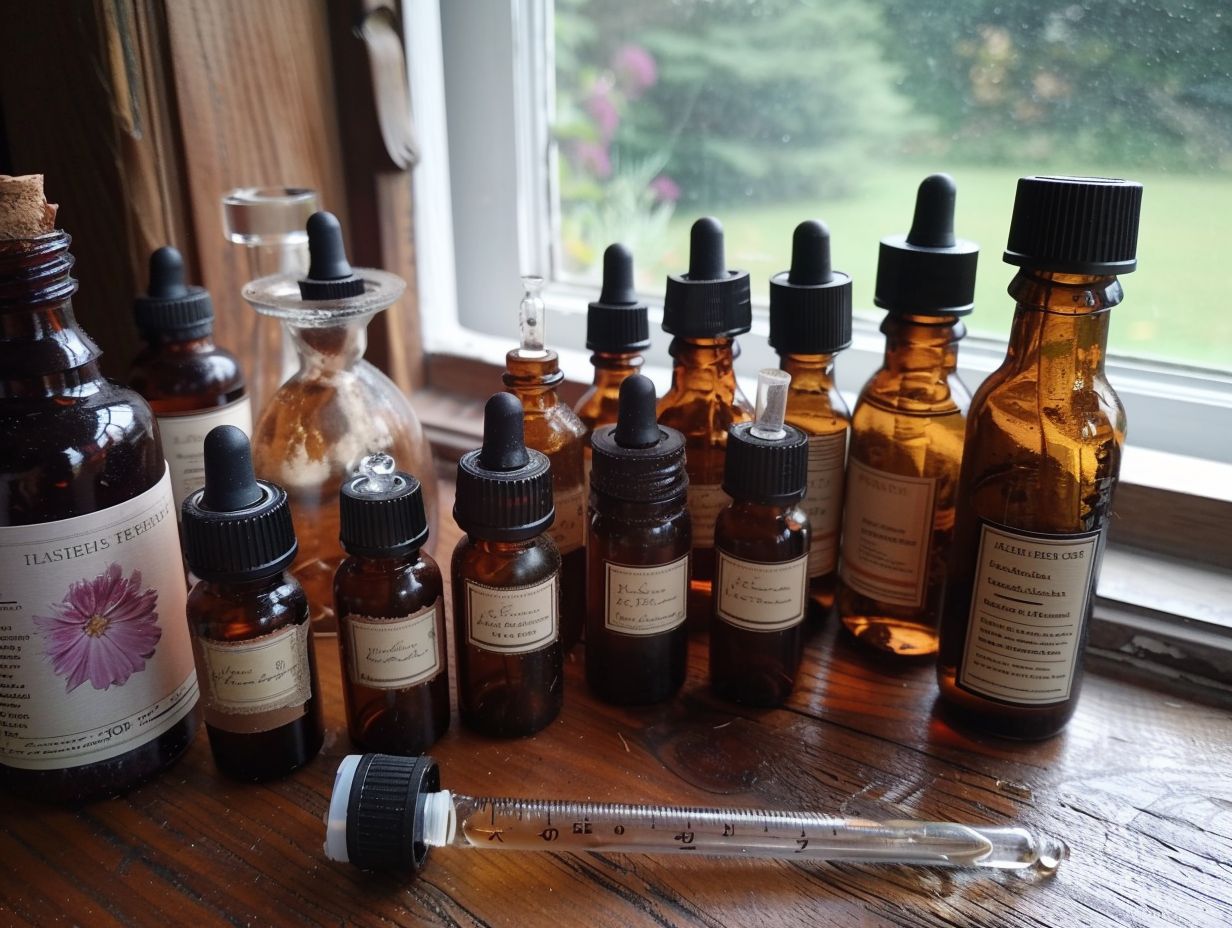
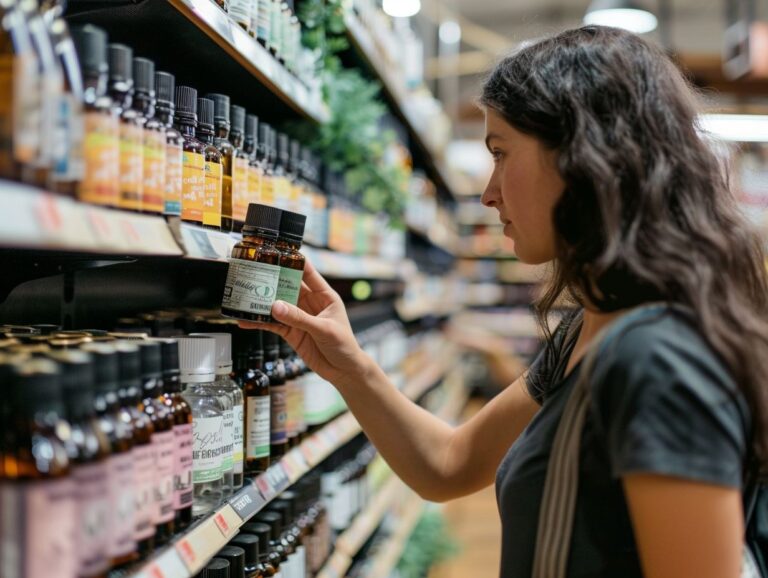

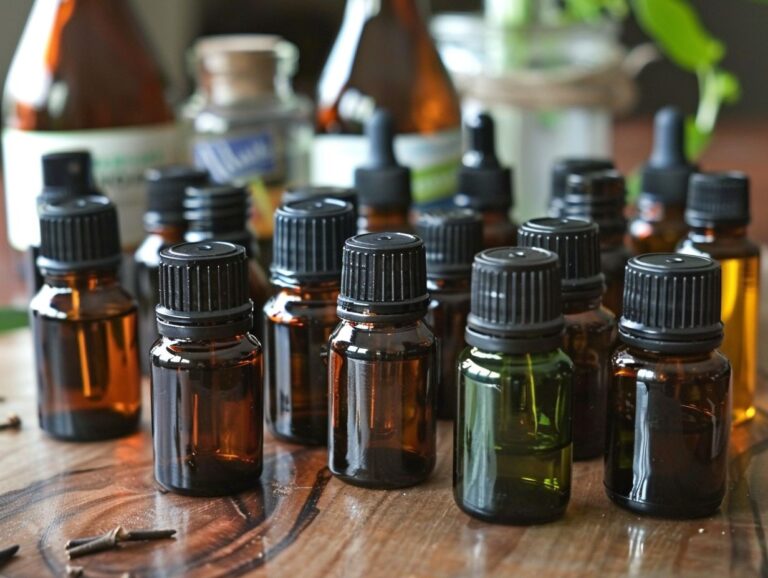
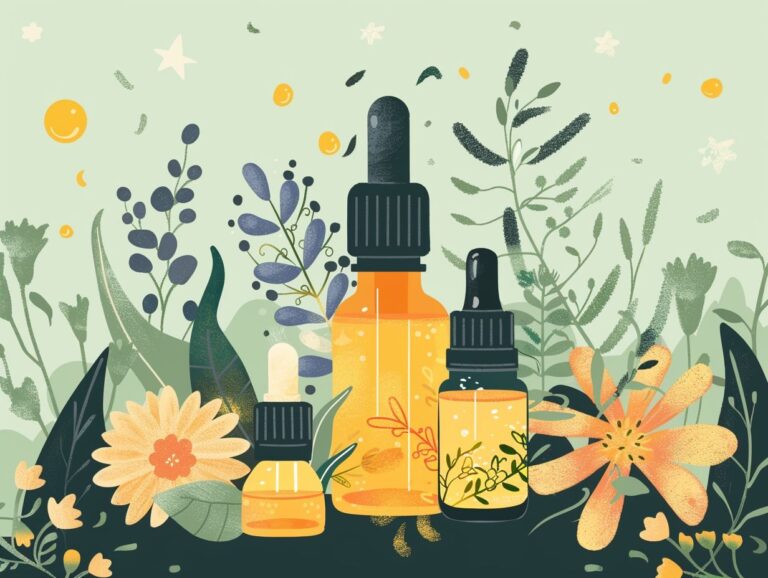
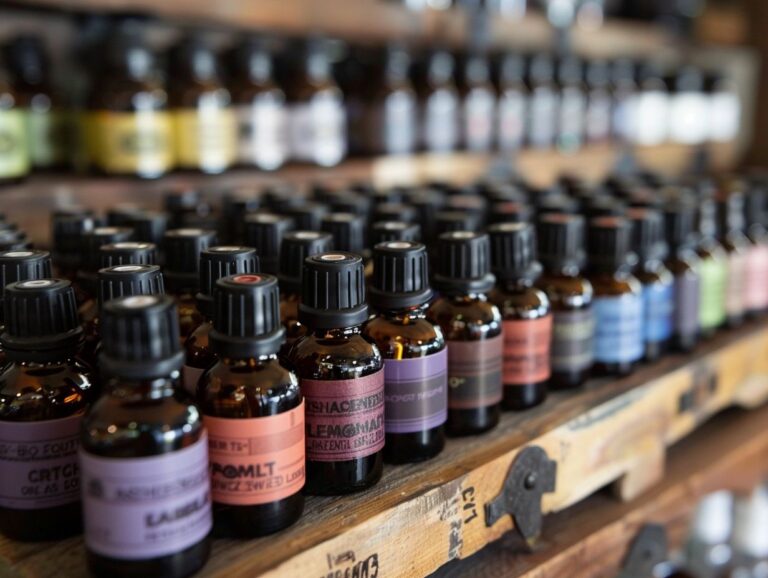
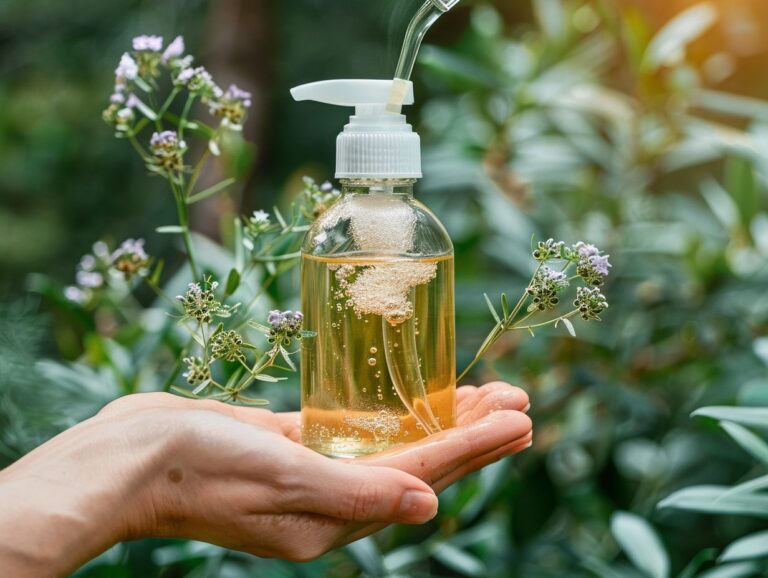
5 Comments